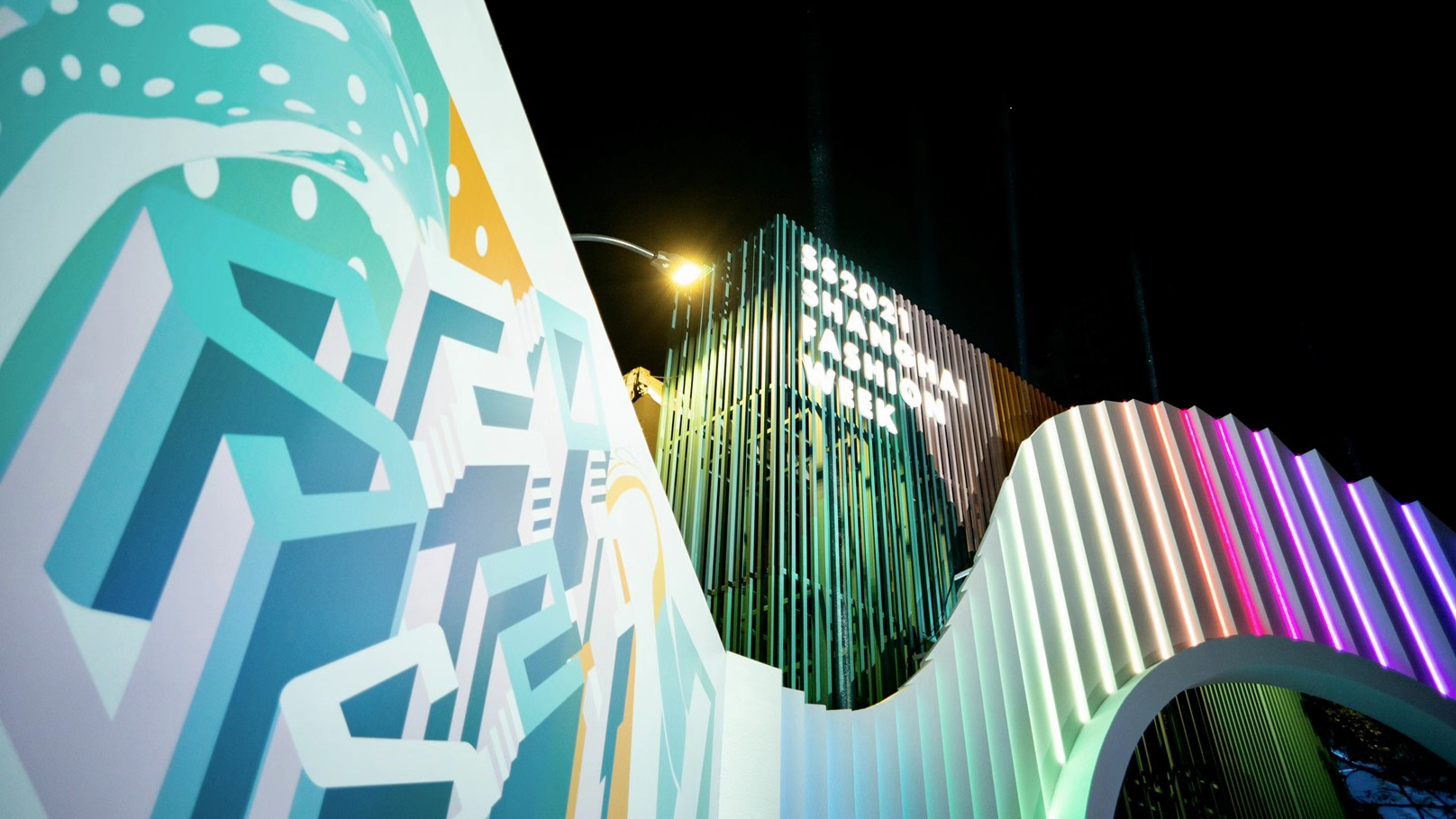What happened
: Shanghai Fashion Week kicked off this week and is now running near to pre-pandemic levels. After last season’s swift and trendsetting pivot to digital, the show has reverted back to a physical schedule. In fact, according to reports on the ground, it looks like any other pre-COVID-19 fashion week season, with long lines for shows, little need for social distancing or masks, and packed afterparties.
Yet, notably absent from the schedule are many of the global luxury brands that would usually host shows in various spots around the city. While those certainly had injected some international caché into the domestic schedule, sales are the top priority this time. The one exception? London's retailers, which made Herculean efforts for the event - proving why the city is a leader in retail creativity. Harrods, whose core team has been quarantining since late September, organized its Harrods Studio to broadcast varying content to B2B and B2C audiences. Meanwhile, Farfetch is bringing a pop-up exhibition store from Browns to the fashionable Xintiandi neighborhood, and the niche concept retailer Machine-A is joining forces with Shanghai’s popular seller Labelhood.
The Jing Take
: Inept Western government responses to the ongoing COVID-19 crisis have only further tipped the balance of power toward China’s luxury-conscious consumers. Even before the pandemic, they were the engine driving luxury: analysts predicted that China’s luxury spending would nearly double by 2025 to make up 40 percent of all global spending. Post-pandemic, this is bound to rise. And with Chinese tourists still staying home, luxury brand struggles will only get worse.
As we have seen in the past, when it comes to a crisis, conglomerates and brands can act as their own lawmakers. It goes without saying that retail innovations are worth pursuing, but as China rewrites power dynamics, brands need to prioritize budgets that preserve their lifelines in the China market. This was the time to make more of an effort to be seen at such a high-profile fashion destination. When was putting in face-time ever a bad thing? Moreover, with the fashion week supporting small and medium-sized fashion companies and focusing on homegrown talent this season, many Western brands are facing even more competition from nimble local brands. The schedule might be lacking some international glamour but the real losers here are those absent.
The Jing Take reports on a piece of the leading news and presents our editorial team’s analysis of the key implications for the luxury industry. In the recurring column, we analyze everything from product drops and mergers to heated debate sprouting on Chinese social media.
